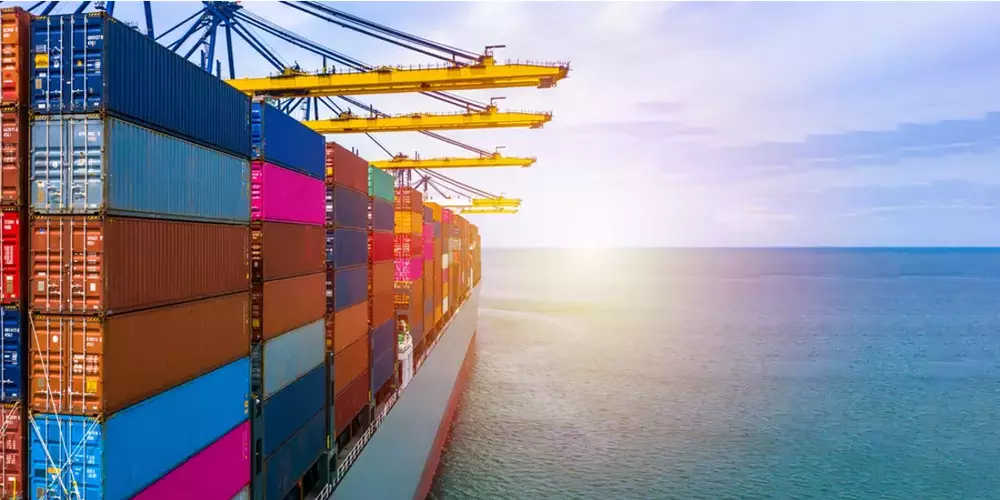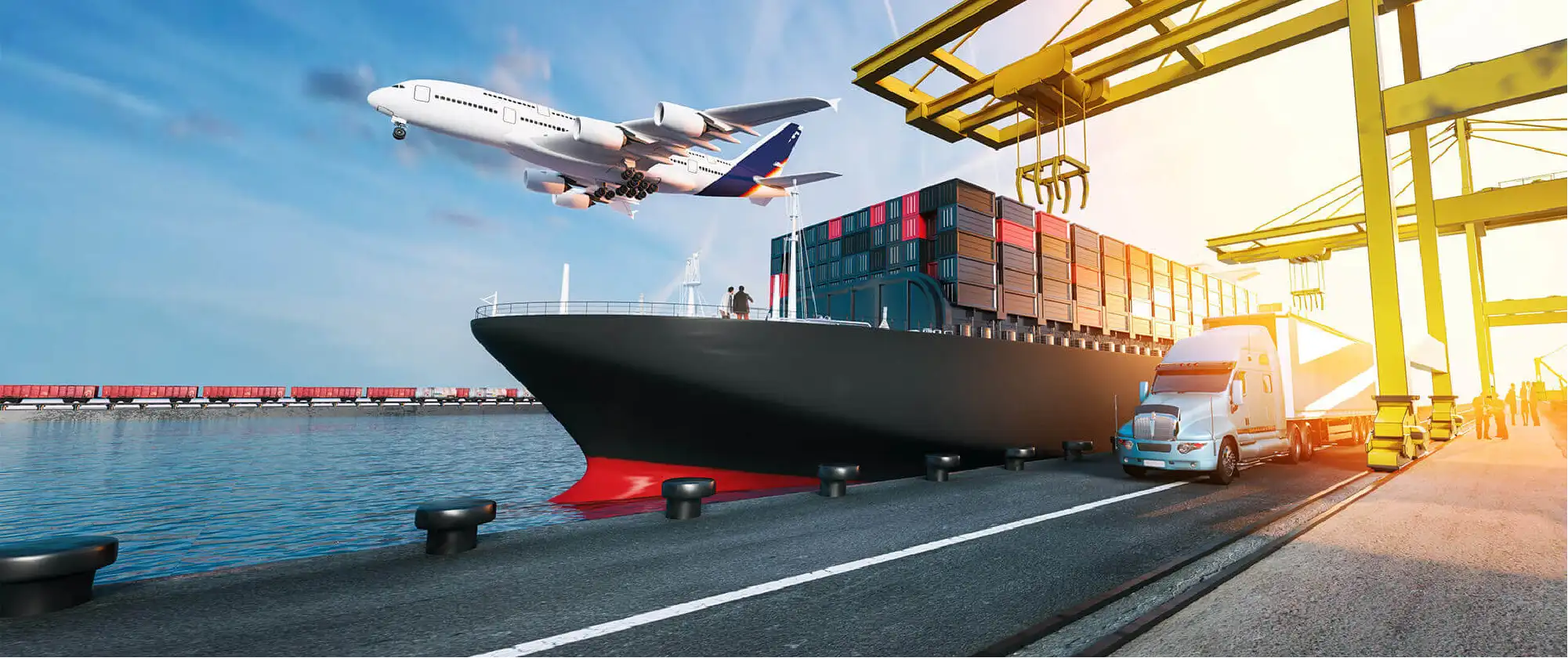Unveiling the Maritime Marvel: The Intricate World of Sea Containers on Ships

In the vast realm of international trade, the transportation of goods across oceans plays a pivotal role. Ships, the workhorses of global commerce, are responsible for carrying an astonishing number of sea containers. Have you ever wondered just how many sea containers can be found on a single ship? Join us as we delve into the fascinating world of maritime logistics and uncover the secrets behind the staggering quantities of sea containers on these colossal vessels.
- The Evolution of Sea Containers:
To understand the magnitude of sea containers on ships today, we must first explore their evolution. The concept of containerization revolutionized the shipping industry in the mid-20th century. Standardized containers, such as the ubiquitous 20-foot and 40-foot variants, were introduced to streamline the loading, unloading, and transportation of goods. This innovation paved the way for the efficient stacking and securing of containers on ships, maximizing cargo capacity. - The Anatomy of a Container Ship:
Container ships, also known as box ships, are purpose-built vessels designed to carry vast quantities of sea containers. These behemoths are characterized by their immense size and specialized infrastructure. With multiple decks and rows of containers, these ships resemble floating cities of commerce. The number of containers a ship can accommodate depends on its size, which can range from a few thousand TEUs (Twenty-foot Equivalent Units) to over 20,000 TEUs for the largest container ships in operation today. - Maximizing Container Capacity:
Efficient space utilization is crucial for container ships to maximize their cargo-carrying capabilities. Advanced loading algorithms and engineering techniques are employed to optimize the arrangement of containers on board. Ships are meticulously designed to distribute weight evenly, ensuring stability and safety during voyages. Additionally, innovative container handling equipment, such as gantry cranes, facilitate the smooth movement of containers on and off the ship, further enhancing efficiency. - The Role of Port Infrastructure:
While ships bear the responsibility of transporting sea containers across vast distances, port infrastructure plays a vital role in facilitating their smooth transfer. Modern ports are equipped with state-of-the-art container terminals, featuring extensive storage yards and advanced handling systems. These terminals act as crucial hubs where containers are loaded, unloaded, and temporarily stored before continuing their journey. The efficiency of port operations directly impacts the overall flow of goods and the number of containers that can be processed. - Meeting the Demands of Global Trade:
As global trade continues to expand, the demand for container shipping grows exponentially. To meet this demand, shipping companies are constantly investing in larger and more technologically advanced container ships. The race to build the largest vessel has led to remarkable engineering feats, pushing the boundaries of maritime logistics. With each new generation of container ships, the number of sea containers they can carry reaches new heights, further propelling the global economy.
Conclusion:
The world of sea containers on ships is a testament to human ingenuity and the relentless pursuit of efficiency in international trade. From the humble beginnings of containerization to the awe-inspiring mega-ships of today, the transportation of goods across oceans has undergone a remarkable transformation. As we gaze upon these floating giants, we can only marvel at the sheer number of sea containers they carry, connecting nations and driving the wheels of global commerce.


